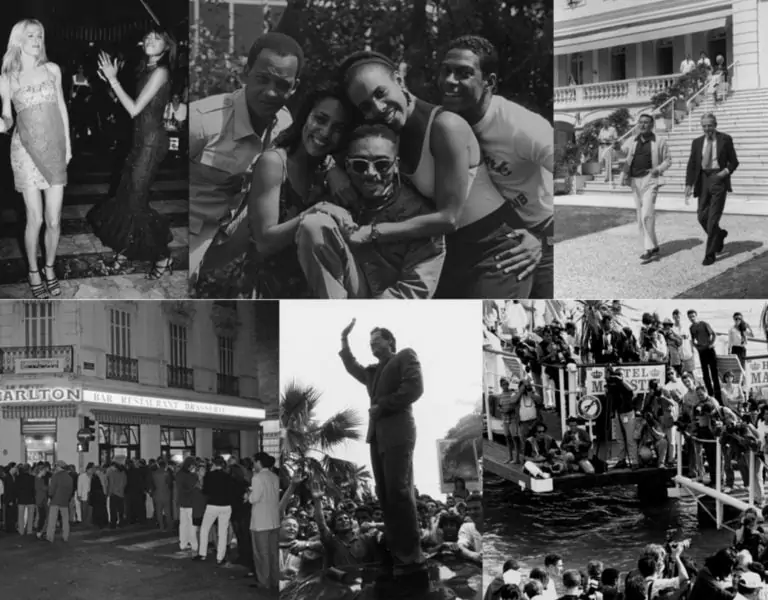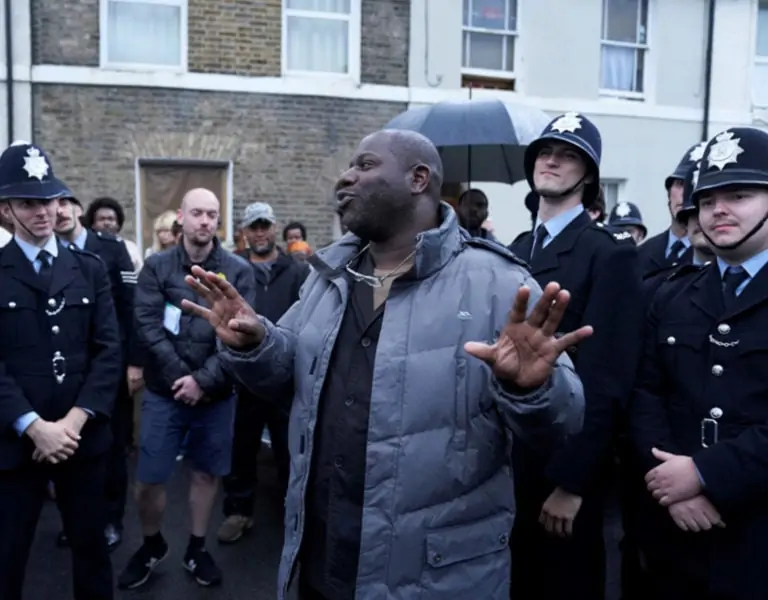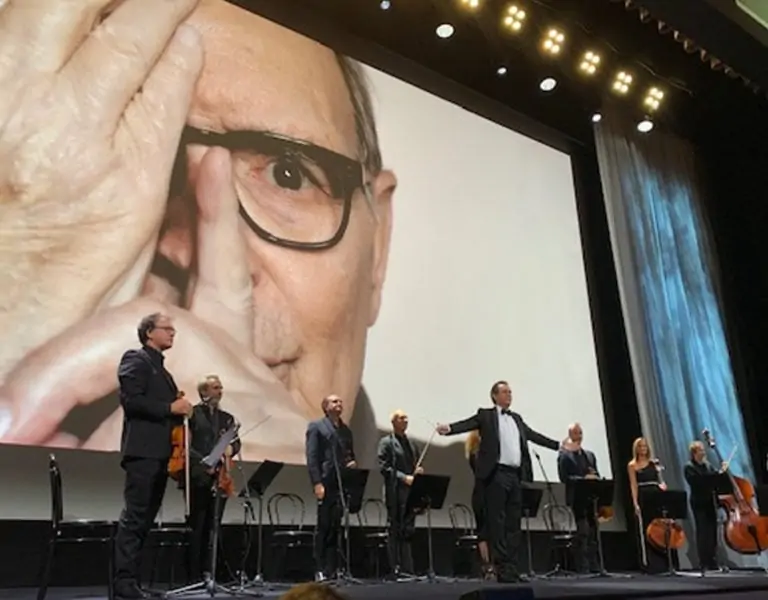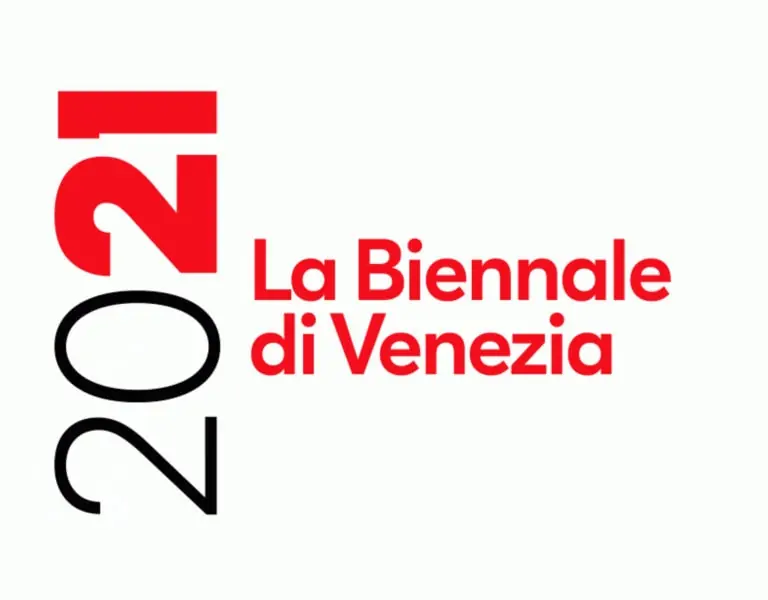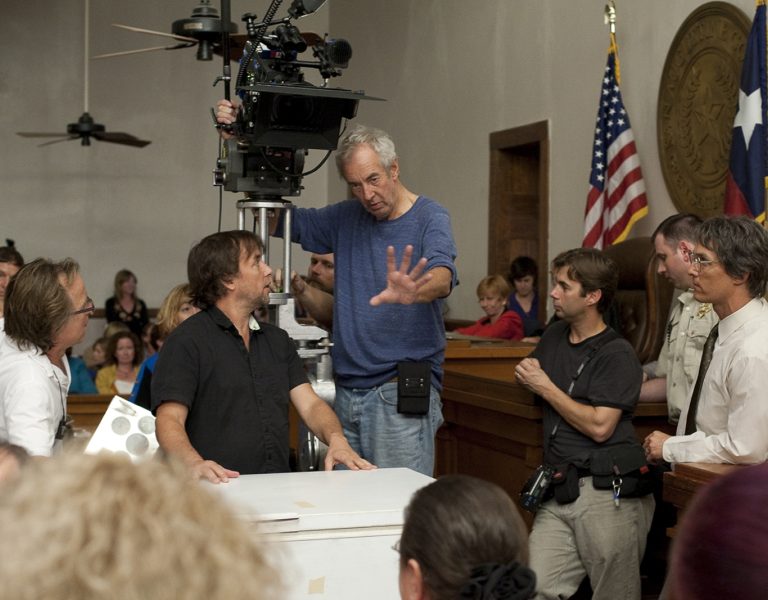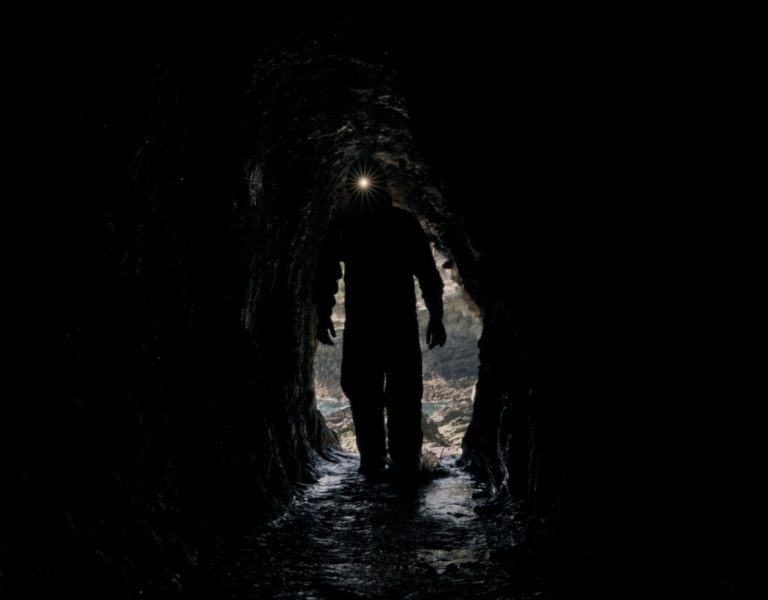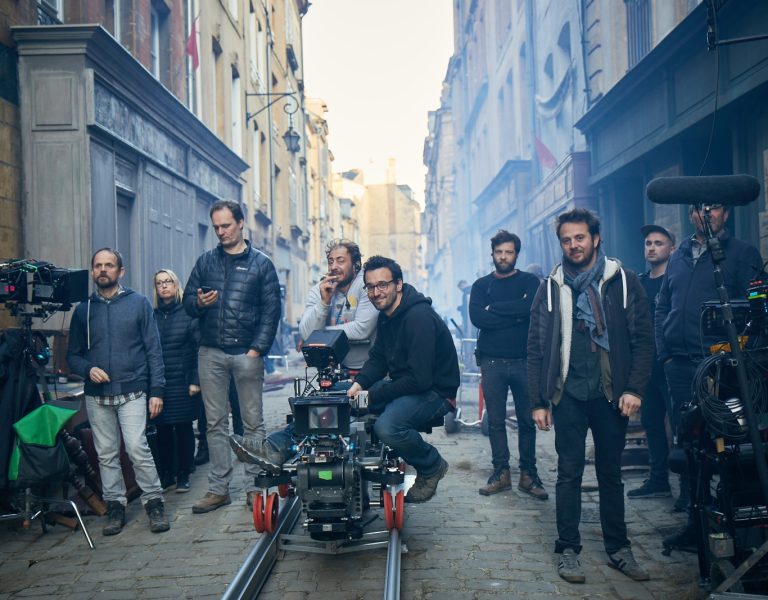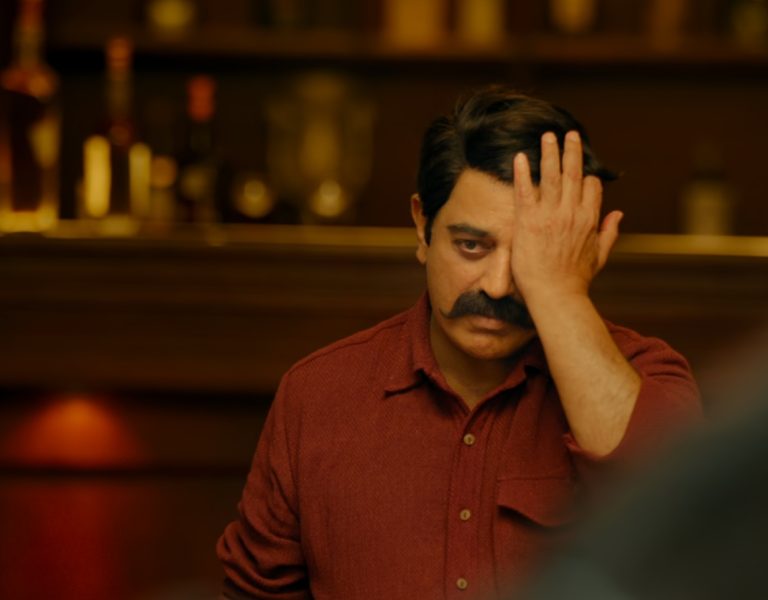TELLING A STORY
Rina Yang filled us in on what it was like to work with one of the most recognisable songwriters on the planet: Taylor Swift.
The short film accompanies a previously unreleased 10 minute version of ‘All Too Well’ which first appeared on the 2012 album Red. Taylor Swift is currently in the midst of re-releasing her entire discography in order to regain control of her music after the master tapes were sold against her wishes last year.
As the albums are released, so too are tracks ‘From The Vault’, which haven’t been heard before by her loyal fanbase. ‘All Too Well’ has gained meteoric popularity since its original release, both critically and from fans, for its heart-wrenching depiction of a breakup and famously poetic lyrics.
Cinematographer Rina Yang spoke to us about the pressures and joys of lensing a short film that has been almost a decade in the making.
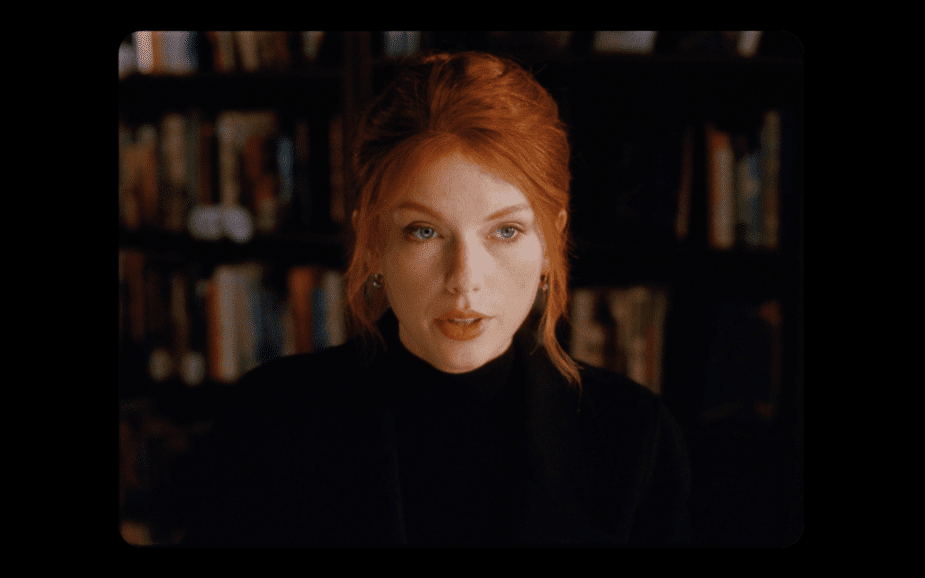
What interested you most about the project?
I hadn’t shot a love story like this before. When speaking to Taylor about how she wanted to approach the visual language of the film, as well as listening to the track and the casting of Sadie Sink and Dylan O’Brien – which felt like great casting – made me really want to be part of the project.
How was it working on such a personal film to director and songwriter Taylor Swift?
We had an amazing time working together, we trusted each other and that helped us move quickly, while not compromising the quality. She’s very collaborative and thorough, her creative instinct onset is impressive. She knew exactly how she wanted the film to play out shot by shot, and walked me through how she saw the edit before we shot it.
Some scenes we just knew what we wanted to get out of it emotionally, and we’d block out the scenes with the actors and figure out the way to shoot on the day, and the others were pre-planned shots.
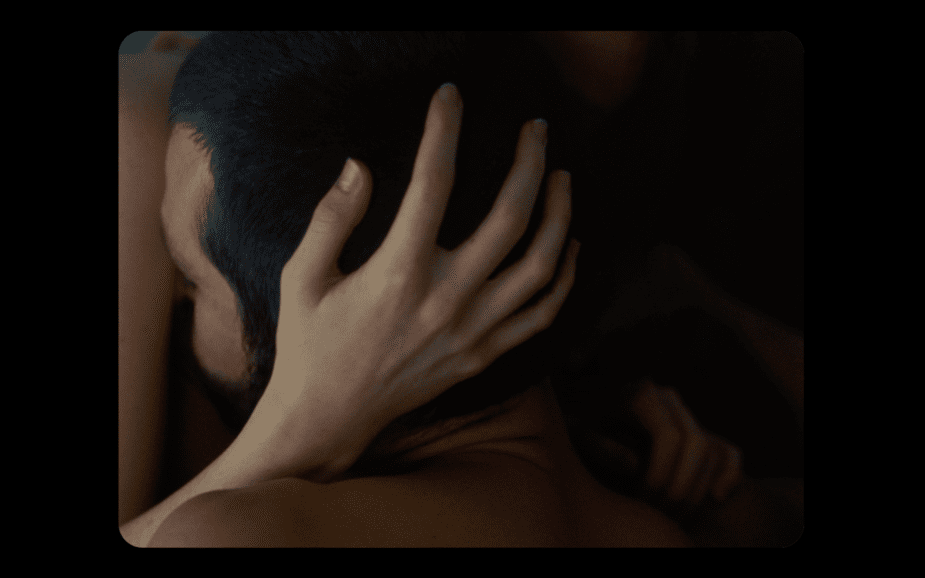
How did you collaborate with the director?
We exchanged visual references and thoughts on lighting tones in prep. She sent me videos and films and I put together a document with some suggestions on framing and shared images which I thought would contribute to the feeling of the film, to which she shared detailed comments on each one that stood out to her. This really helped me to be on the same page as how she saw the film, and to shape our visual approach.
Due to its length and narrative focus as a short film, did you approach shooting it differently to others you have shot?
Taylor had written beautiful short scripts with dialogue for our key scenes, that was great inspiration to figure out how to approach the piece.
I did move the camera a lot more than I would have normally – thinking how the shots would flow with the track. But I kept asking my steadicam operator to hold the shots here and there, rather than keep gliding. I wanted it to be like how I’d shoot a straight up narrative film, for us to be able to hold and take in the actors’ performances, and to have edit points.
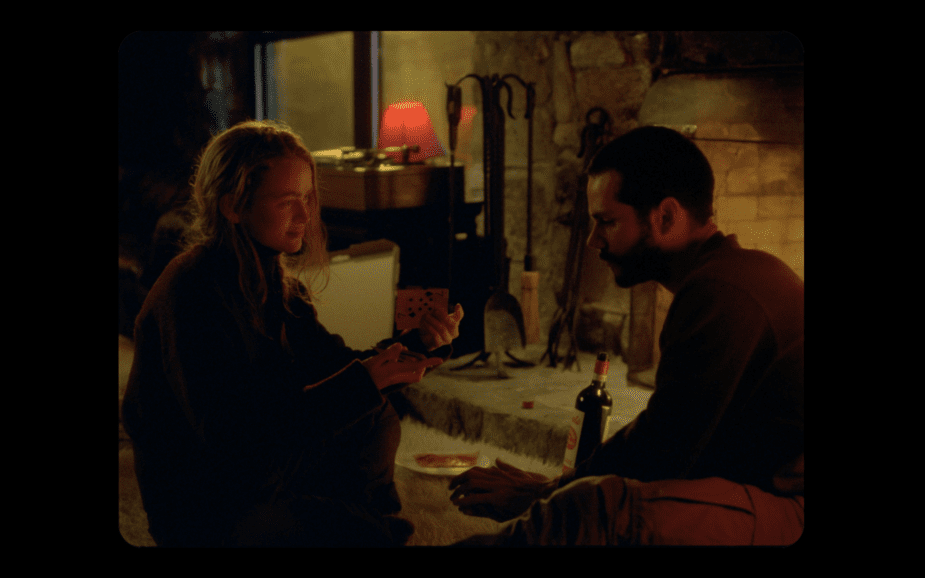
Taylor also wanted the camera to be fluid rather than doing conventional coverage, and we went with the chemistry of the actors rather than breaking up the scene into rigid shots like; single/single, over shoulder and a 2 shot. We’d move around with Steadicam and get it all in a few long takes.
I like it when the camera is discovering and experiencing what’s happening in front of us and reacting to it, it worked well for this story and the emotional impact I wanted to convey with how the shot developed.
Was this project particularly exciting due to the visual references and teases Taylor Swift has become known for?
I wasn’t too aware of this, but now I know some since the video has come out! But that wasn’t what solely interested me in the project. I wanted to be part of it because of the director, actors involved, story, and the 10 minute track. Although the song should feel long, it didn’t. It really holds your interest because of the story telling aspect.
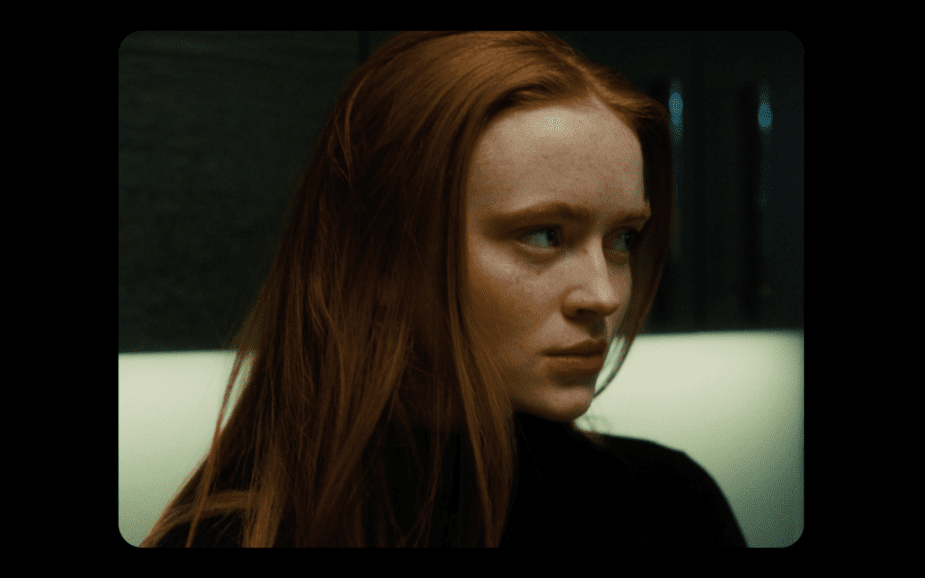
Did you feel any added pressure or excitement due to the passion of the Taylor Swift fanbase?
When it comes to fame and celebrity I’m not the best person to ask: I live in a classic DOP bubble. Because I often shoot projects back to back, I sometimes have to ask the internet who someone is! Although I knew who Taylor was, I didn’t quite realise the magnitude of her popularity, so I didn’t feel that kind of pressure. Having worked with her I get why though. She’s thoughtful, talented, and fun to be around. No wonder the fans love her!
Where did the decision to shoot the kitchen argument scene handheld and as one shot come from? And, was this the most challenging scene to shoot?
We always thought that the kitchen scene felt like a handheld scene. The one shot wasn’t planned, and I didn’t know it would be used as a long oner. But I’m so happy with how it turned out. It was mostly improvised and I was operating and reacting to Sadie and Dylan as their interaction unfolded during the take. It’s one of my favourite scenes, and I absolutely love that Taylor decided not to cut away, it’s much more powerful that way.
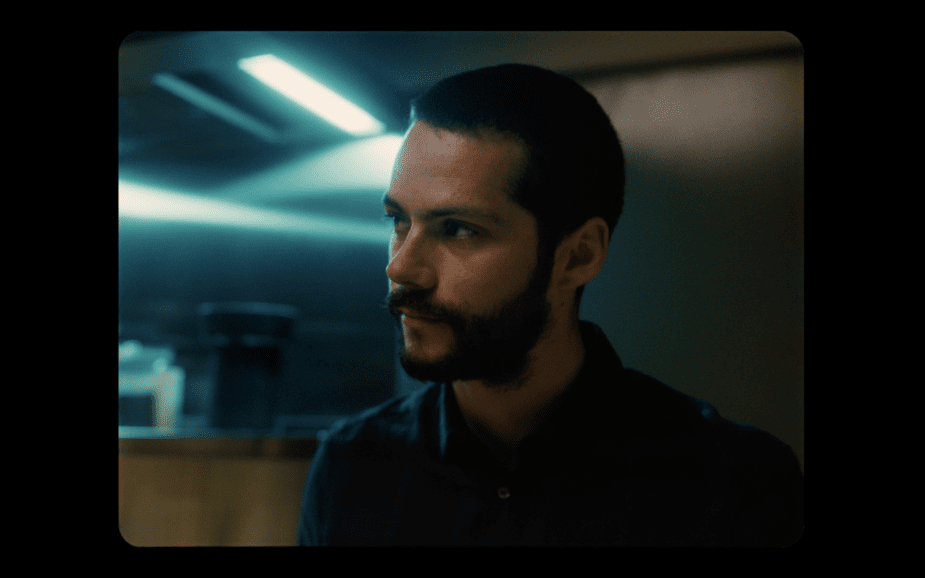
What camera package (and lenses) did you use to suit the production?
We used the ARRI Arriflex 235 for handheld and steadicam, and Panavision MXL for dolly work.
Lenses were Panavision Primos, with 11:1 Primo zoom. I also tested the Eyemo (tiny 35mm camera made in 1925) in London before I flew out to NYC. I liked the intimacy you feel with Eyemo, and I used it for one of the scenes. But unfortunately, the mag kept jamming so I only got to shoot two or three short bursts. Still, one of them made the cut, including the moment it jammed, I always like those little happy accidents.
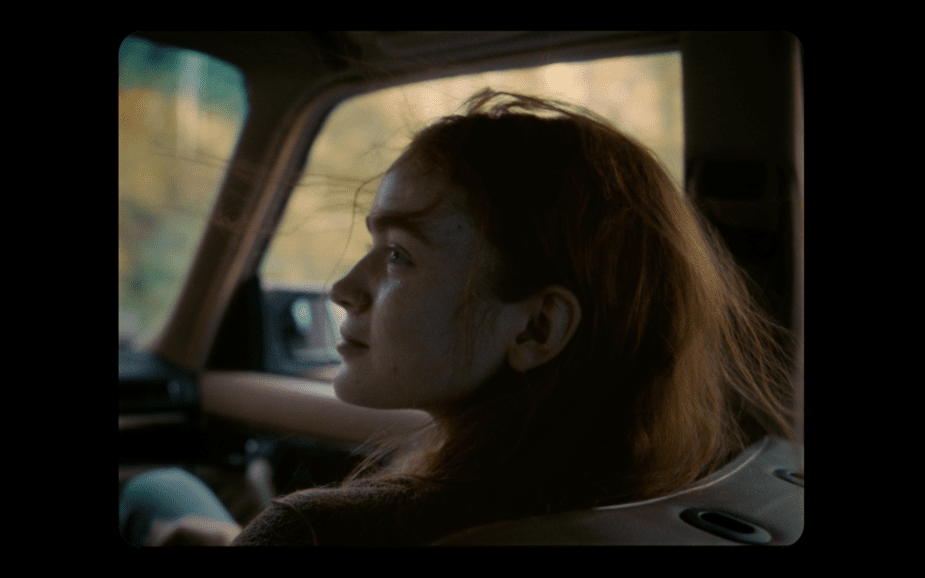
What was your proudest moment throughout the production process?
When we got the first 3 days of our rushes back on the last day of the shoot. We were shooting over the weekend so we couldn’t get the dailies from the lab till then.
Taylor and I were ecstatic when we saw what we shot so far, and I was also relieved it was all there. We shot exterior scenes on Kodak Ektachrome and that stock is unforgiving if you get the exposure even slightly wrong. I’d shot with it for the new season of Euphoria so I was familiar with the limitations, but even so you never rest easy until you’ve seen the rushes.
You only have 2 stops over and 2 stops under if you want to retain some info – but if you get it right it’s so worth it and it’s such a beautiful film stock. I miss shooting on different film stock like the old days when we had Fujifilm and other stocks to choose from, so it’s great to see Kodak are making Ektachrome again.
What’s next for you?
I’m shooting short form projects while I read some movie scripts. I also have a feature film Nanny and an episode of Euphoria coming out early next year, so I’m looking forward to that, and taking a proper break over Christmas.
